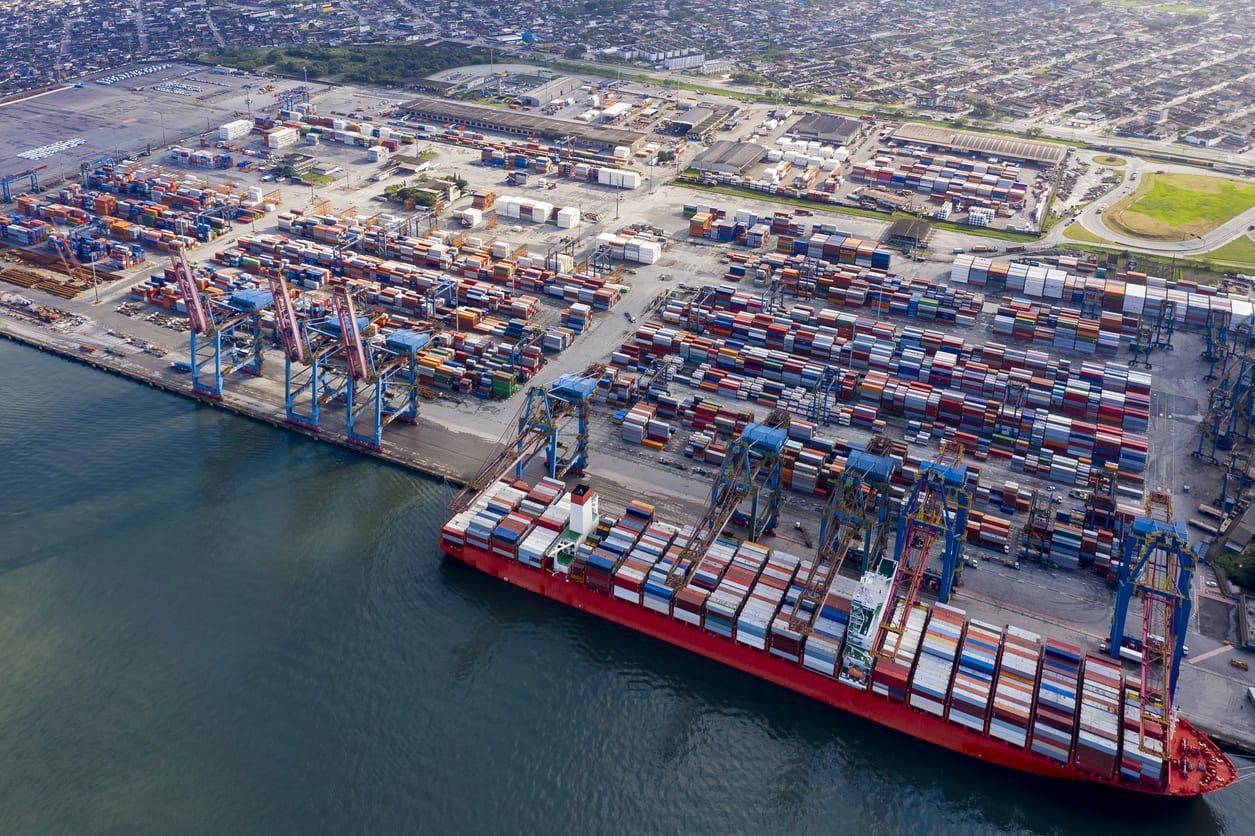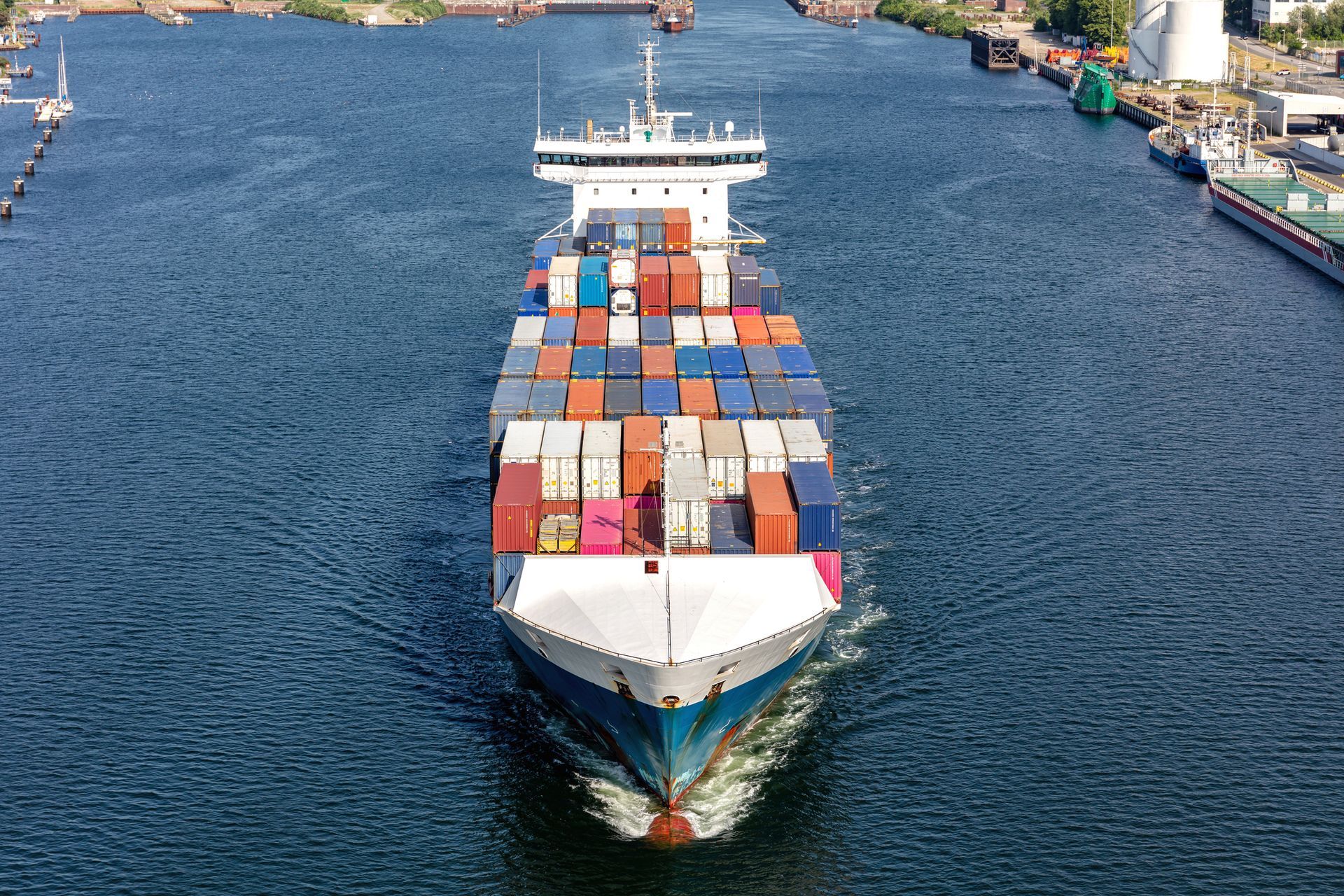
To understand the current challenging situation in the ports of Santa Catarina, it is crucial to delve a little into the past and understand the context that led to this challenging situation.
Porto Navegantes, a private enterprise, was created with the aim of complementing the operations of the already existing Porto Itajaí. The latter, in turn, has always had a mixed structure, operating both as a Public Port for General Cargo and through concessions, such as that of APM Terminals.
However, events such as the floods that occurred between 2008 and 2012 severely impacted port operations, resulting in significant structural damage. APM Terminals, faced with legal challenges arising from the consequences of the floods, as well as the end of the contractual concession, was forced to close its operations in Itajaí.
This episode triggered a series of events that led to the shutdown of port operations for more than a year, creating an operational vacuum and exacerbating the region's logistical problems.
The Port of Navegantes, which initially operated with three piers, had to reduce its operations to just one due to ongoing infrastructure works. This reduction in operational capacity resulted in a sharp drop in the volume of vessels docked simultaneously, further aggravating the already challenging situation.
Consequently, some shipping lines chose to migrate to other ports, seeking alternative solutions to avoid delays and losses in their logistics chains.
This migration, together with the structural and political challenges faced by the Port of Itajaí, contributed to the intensification of adversities and the urgent need for effective solutions.
In summary, the challenging situation in the ports of Santa Catarina is the result of a series of historical, structural and political factors. However, it also represents an opportunity to learn from the challenges faced and seek innovative and sustainable solutions to strengthen the region's port infrastructure and ensure its future resilience.
In this article, we will explore the main lessons we learned from the crisis scenario.
The impacts of the crisis
The impacts on the ports of Santa Catarina are not just a localized problem; their repercussions extend throughout the logistics chain and have significant consequences for the regional economy. The repercussions of this challenging situation are visible in several aspects, from the general workforce reduction to the operational bottlenecks that directly affect foreign trade.
In Itajaí, for example, delays and impasses related to port management resulted in a significant decrease in operations. This not only affected the local economy, but also created additional challenges for companies involved in cargo movement.
The general workforce reduction and the drop in the volume of operations are just some of the visible symptoms of the crisis that is plaguing the ports of Santa Catarina.
The attempt to find temporary solutions, such as short-term concessions, is an understandable measure given the urgency to reverse the situation. However, these solutions are not enough to solve the underlying structural problems.
The uncertainty surrounding future concessions and the lack of contracts with shipowners add an additional layer of complexity to this already delicate equation.
The movement of vessels to alternative ports, such as Imbituba or Itapoá, demonstrates the direct impact of this crisis on logistics and foreign trade. Delays in deliveries, often wrongly attributed to NVOCCs, reflect the inability of the port system to handle the volume of demand efficiently.
The chaos resulting from these delays not only harms business, but also raises questions about the ability of Santa Catarina’s ports to meet their logistics needs.
It is important to recognize that these challenges did not arise out of nowhere. They are the result of a complex web of political and economic factors and a lack of adequate investment in port infrastructure.
While it is easy to blame adverse weather conditions or unforeseeable events, the truth is that this challenging situation was largely foreseeable and could have been avoided or mitigated with a more proactive and strategic approach.
Therefore, it is essential that all stakeholders, be they municipal authorities, private companies or regulatory bodies, work together to find sustainable and long-term solutions to the challenges faced by Santa Catarina’s ports.
Only through a joint and committed effort will it be possible to overcome this challenging situation and rebuild a resilient and efficient port infrastructure for the future.
The current situation
After a turbulent period marked by delays, migrations of shipping lines and logistical adjustments, the ports of Santa Catarina are experiencing a phase of relative stabilization. Although challenges persist, there are signs that some measures adopted are helping to mitigate the impacts of the crisis.
In Itajaí, for example, the volume of delays and waiting of ships appears to have reduced compared to the previous scenario. Customers and partners have reported a possible improvement in efficiency and management capacity.
One of the strategies adopted to deal with the challenging situation was the readjustment of shipping routes. Instead of migrating completely to other ports, such as Imbituba or Itapoá, some companies chose to maintain their operations in the Itajaí port complex, even if this required adjustments in logistics.
This decision aims to preserve the existing infrastructure and avoid the collapse of alternative terminals due to the sudden increase in demand.
However, it is important to highlight that the situation is still fluid and subject to sudden changes.
The operation, which involves the transfer of cargo from Itapoá to Itajaí, presents additional challenges related to the dependence on regulatory agencies, such as the Federal Revenue Service and MAPA, but is proceeding without major delays.
Strikes or shutdowns by these agencies could compromise the efficiency of this operation, highlighting the fragility of the logistics system in the face of external events.
Despite these uncertainties, there are reasons for optimism. The initial success of the readjustment of logistics operations and the decrease in questions surrounding the ports indicate that the measures adopted are having an effect.
However, it is essential to remain vigilant and continue to seek innovative and resilient solutions to the challenges faced by Santa Catarina's port infrastructure.
Os nossos aprendizados como Allink
Given the challenges faced by the Ports of Santa Catarina, such as delays, migrations of shipping lines and logistical adjustments, we learned valuable lessons that shaped our approach to adverse situations. The crisis taught us the crucial importance of organization and effective planning in logistics management.
One of the main lessons learned was the need to develop solid contingency plans to deal with unforeseen events.
In an environment where stability can easily be shaken by external factors, such as extreme weather events or strikes by regulatory agencies, it is essential to be prepared to respond quickly and efficiently.
The challenging situation showed us that logistics is a complex activity that requires a meticulous and detailed approach. Each step of the process, from planning to execution, must be carefully analyzed and monitored to ensure that any deviations are identified and corrected promptly.
In addition, we learned that transparent and effective communication plays a fundamental role in crisis management. Keeping customers and partners informed about developments and impacts on port operations is essential to ensure trust and collaboration among all parties involved.
Another important point that emerged from this experience was the need to understand the global scenario and its effects on local operations. Events in distant ports can have significant repercussions on our operations, highlighting the importance of being constantly updated and prepared to adapt to unexpected changes.
Finally, we recognize the importance of investing in robust and resilient logistics solutions that can adapt to different scenarios and minimize the impacts of future crises. These investments not only ensure the continuity of operations, but also strengthen our competitive position in the market.
Continue a navegar no blog da Allink

Mantenha-se informado sobre o comércio exterior
Assine nossa newsletter e receba atualizações semanais de forma gratuita sobre o mundo da logística.




